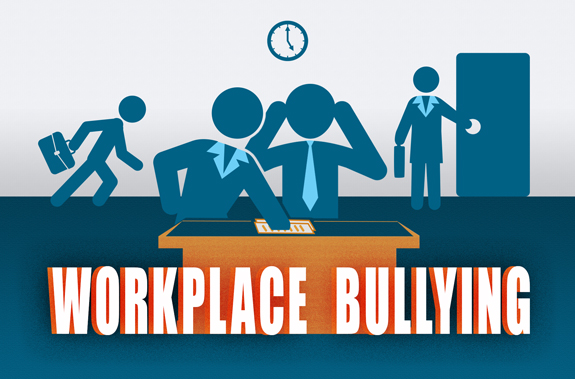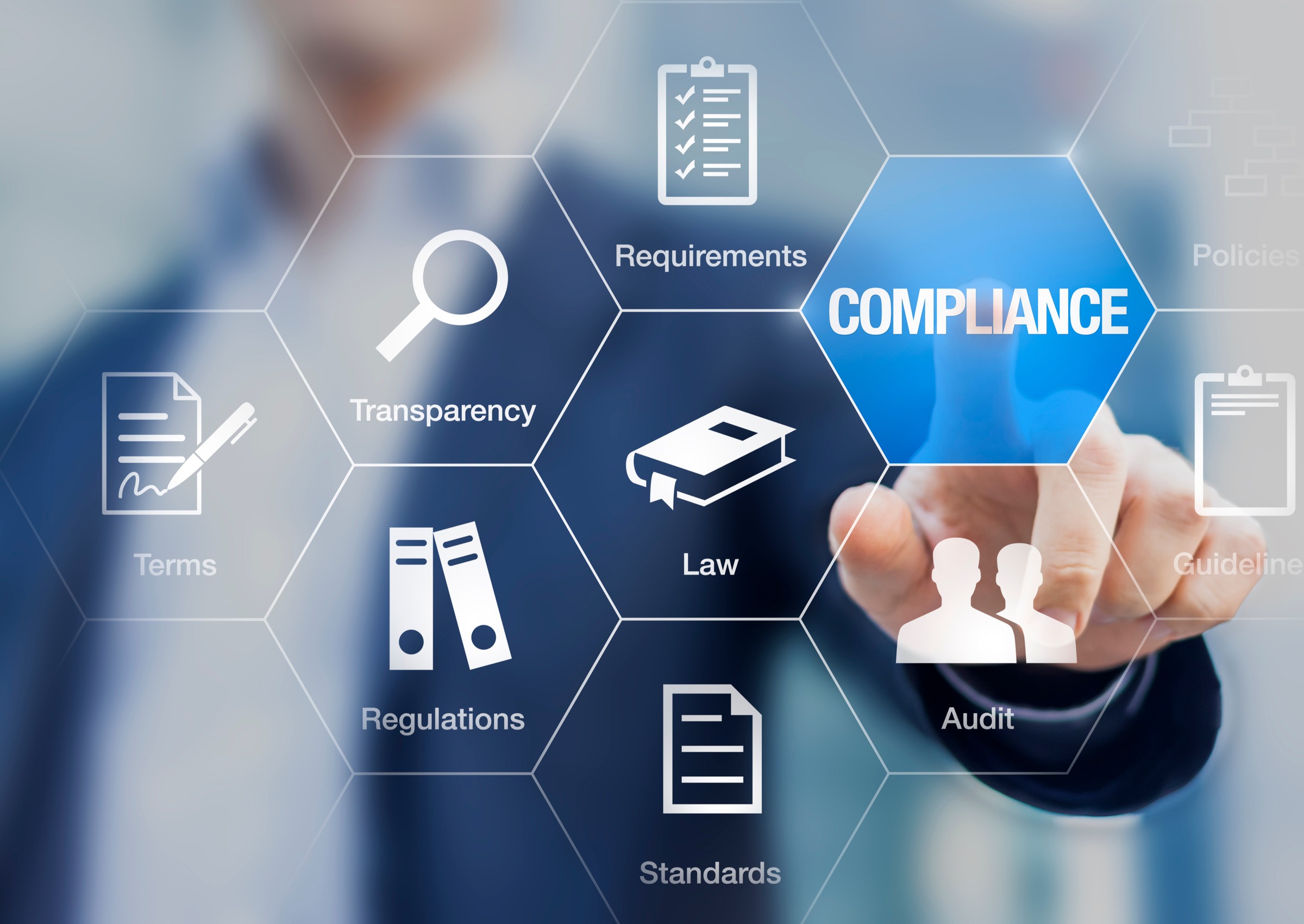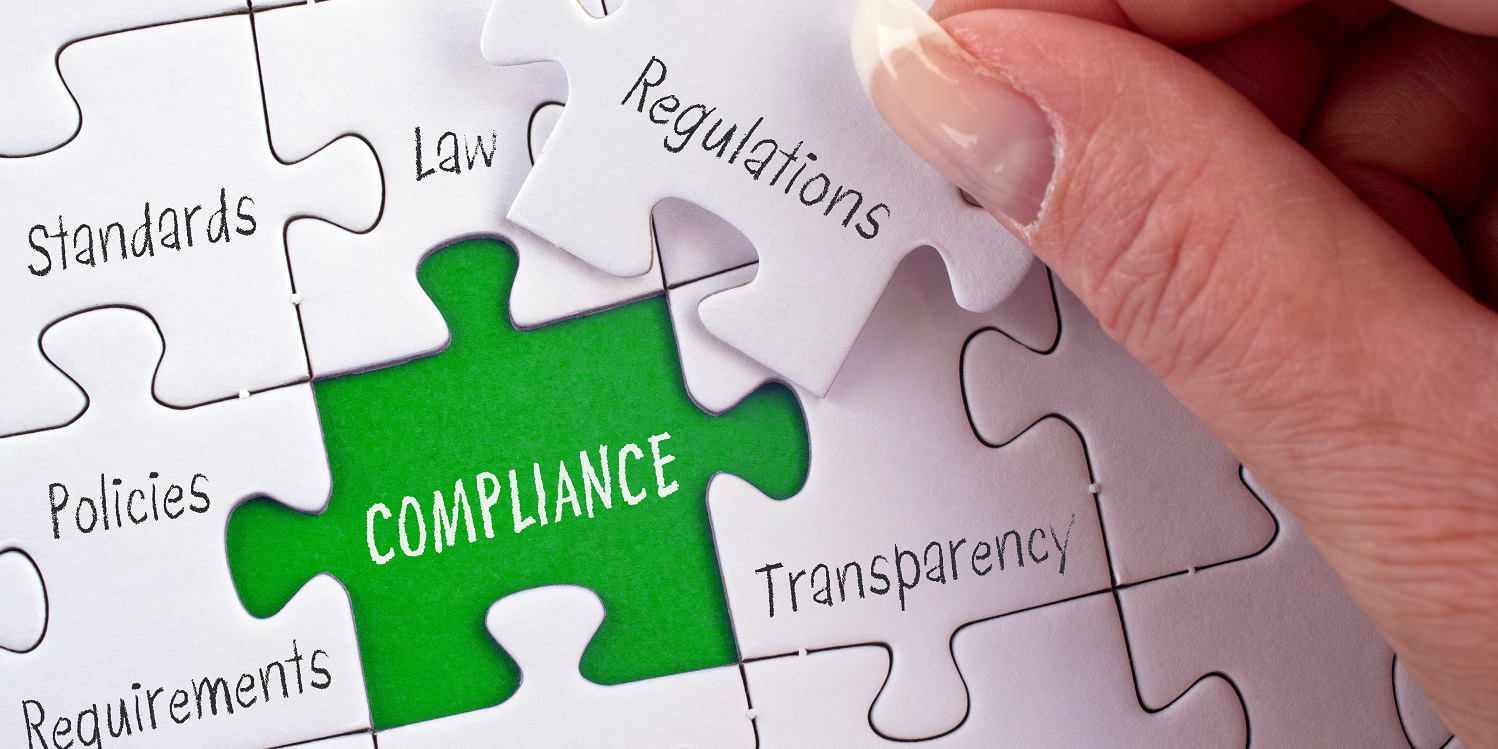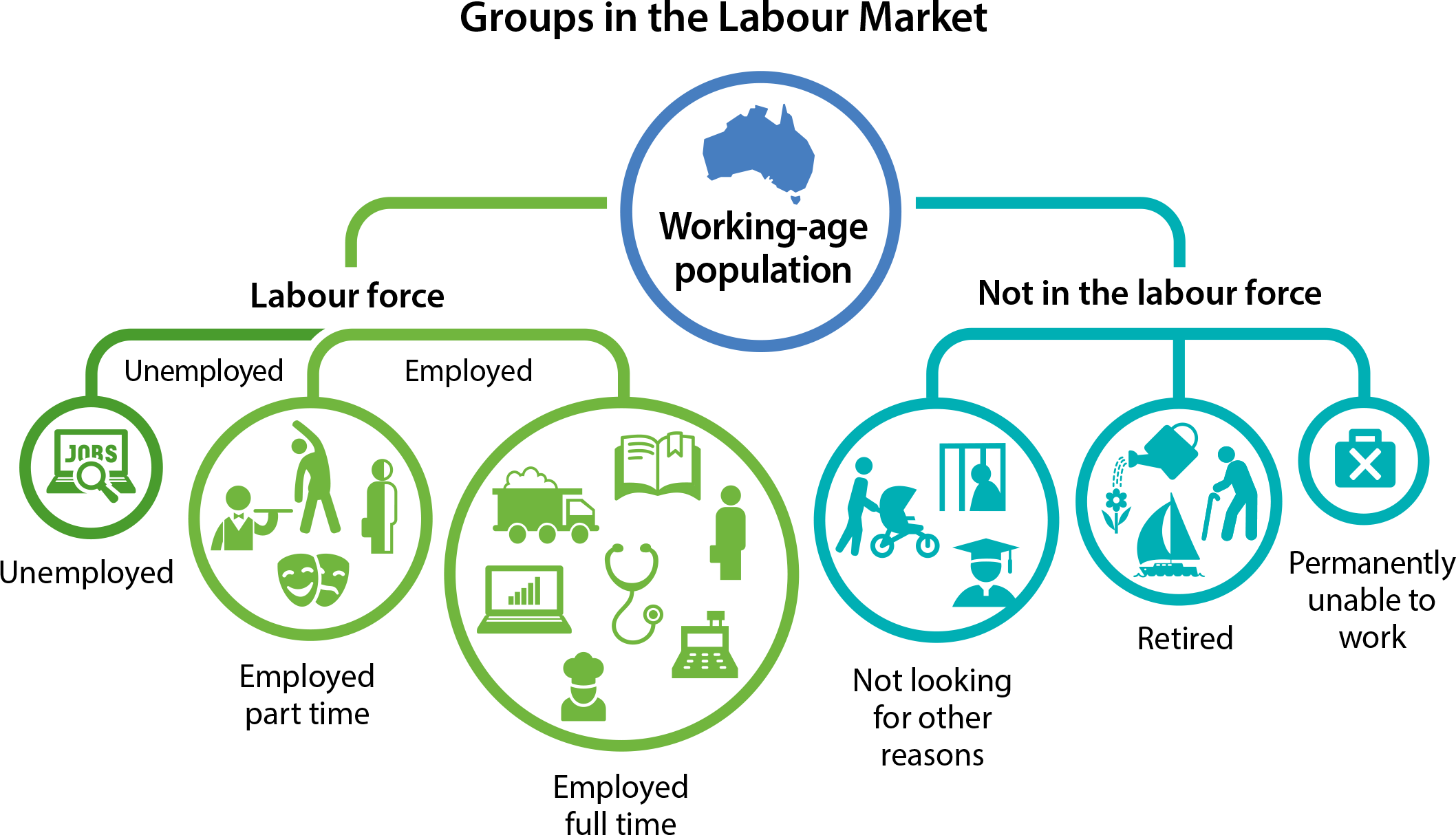Why Does Workplace Bullying Hit Hard in Australia's Employment Services?
Bullying in Numbers
Surveys from Safe Work Australia say about 10 % of workers faced bullying in 2014-15.
Later reports show the share climbed to 30 % by 2023-24.
The cost is huge. Early work put the bill near $6-36 billion each year.
New models, which track the sharp rise in mental-injury claims, lift the range to $10-60 billion.
Why Employment Services Feel It More
Employment service providers - the agencies that help Australians find jobs - are particularly vulnerable to workplace bullying. These organizations face unique pressures that create perfect conditions for toxic behavior:
Fast exits Turnover among job-active staff sits near 42 % a year. The national norm is 14 %.
Hard daily work Consultants chase strict targets while helping clients who live with stress, debt, or illness.
Tight budgets Many sites run with small teams and heavy caseloads. Understaffing feeds conflict.
Thick rules Government contracts add layers of audits. Red tape drains time and spreads strain.
Human Stories
One disabled man, aged 54, told SBS he was “relentlessly bullied” by his provider for months. In a 2021 ACOSS survey, 75 % of jobseekers felt unhappy with job-active help and said staff often changed or lacked skill.
VPSC Survey negative behavior on public sector
The Victorian Public Sector Commission (VPSC) surveys employees each year about negative workplace behaviour. Below is a concise, markdown-formatted overview of recent results (primarily 2020, with references to 2021–2023 where trends remain similar).
How many employees experienced bullying? Around 16 % of employees reported being bullied in the 12 months before the 2020 survey.
The rate has gradually fallen from nearly 20% in earlier years to approximately 13–16% between 2021 and 2023, possibly influenced by the increase in remote work during COVID-19.
Historical patterns show that roughly one in five employees experience bullying and up to one in four witness it happening to colleagues.
Types of bullying most often reported
| Rank | Behaviour | Typical share among bullied staff |
|---|---|---|
| 1 | Incivility (talking down, demeaning remarks, not listening) | 69% |
| 2 | Exclusion or isolation from work activities/communication | 42% |
| 3 | Intimidation or threats | 30% |
| 4 | Withholding essential information | 29% |
| 5 | Verbal abuse (shouting, offensive language) | 17% |
| 6 | Meaningless tasks unrelated to the job | 12% |
| 7 | Impossible assignments (setting up to fail) | 4% |
| 8 | Other | 16% |
- Incivility is consistently the most common form across agencies.
Who was responsible?
Colleagues: about 45 – 47 % of cases
Managers or direct supervisors: roughly 45 %
Senior leaders or executives: a smaller but notable proportion
Clients/customers/stakeholders: minority of reports (most bullying is internal)
How employees responded
| Action taken | Approximate share (2020 data) |
|---|---|
| Told a manager | 44 – 55 % |
| Told a colleague | 44 – 46 % |
| Told friends or family | 34 – 37 % |
| Submitted a formal complaint | 7 – 16 % |
| Did not report at all | 10 – 13 % |
Additional observations:
Most people who experience bullying do not file a formal complaint, often citing procedural concerns or fear of retaliation.
Only about one quarter of complainants were satisfied with how their case was handled.
Rates and patterns differ by agency and year; health and education bodies sometimes report higher prevalence.
- Snapshot table (2020 – 2023)
| Indicator | Result |
|---|---|
| Experienced bullying (last 12 months) | 13 – 16 % |
| Most common type | Incivility (up to 72 %) |
| Main sources | Colleagues, managers |
| Reported to manager | 44 – 55 % |
| Submitted formal complaint | 7 – 16 % |
| Satisfied with complaint process | ~26 % |
These statistics underscore the ongoing challenge of workplace bullying and highlight areas where organizations can focus their efforts to create safer and more respectful environments for all employees.
What Bullying Costs Inside These Agencies
| Cost Type | Real signs |
|---|---|
| Direct | Hiring, training, legal claims, paid leave for stress |
| Indirect | Damage to brand, weaker help for clients, more strain on welfare |
Mental-health claims now make up 10.5 % of serious comp cases. Time lost for these claims runs over four times longer than for physical harm.
How the Sector Can Move
- Fund teams so caseloads stay reasonable.
- Train staff in trauma-aware care and peer support.
- Check targets so they drive service, not fear.
- Let workers speak early about stress without blame.
Bullying weakens a safety net meant to lift people into jobs. Fixing root causes—pressure, churn, low support—gives both staff and job seekers a fairer start.
References
- Bullying & Harassment in Australian Workplaces (PDF). Safe Work Australia, 2016.
- Diversity Council Australia. “2023-24 Inclusion@Work Index.” DCA, 2024.
- Productivity Commission. Performance Benchmarking of Australian Business Regulation (2010).
- Safe Work Australia. Psychological Health and Safety in the Workplace Report, Feb 2024.
- AHRI. Quarterly Australian Work Outlook, Winter 2024.
- Me & Work. “Managing Psychosocial Risks in Employment Services,” 2024.
- ANAO. Jobactive: Design and Monitoring, Australian National Audit Office, 2022.
- SBS News. “TJ Called an Employment Service Provider for Advice…,” 2024.
- ACOSS. Voices 2: Results of a Survey of People Who Used Jobactive, 2021.
Why Does Workplace Bullying Hit Hard in Australia's Employment Services?





